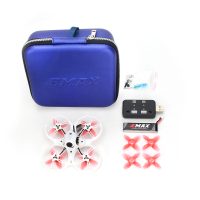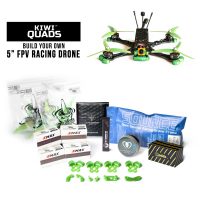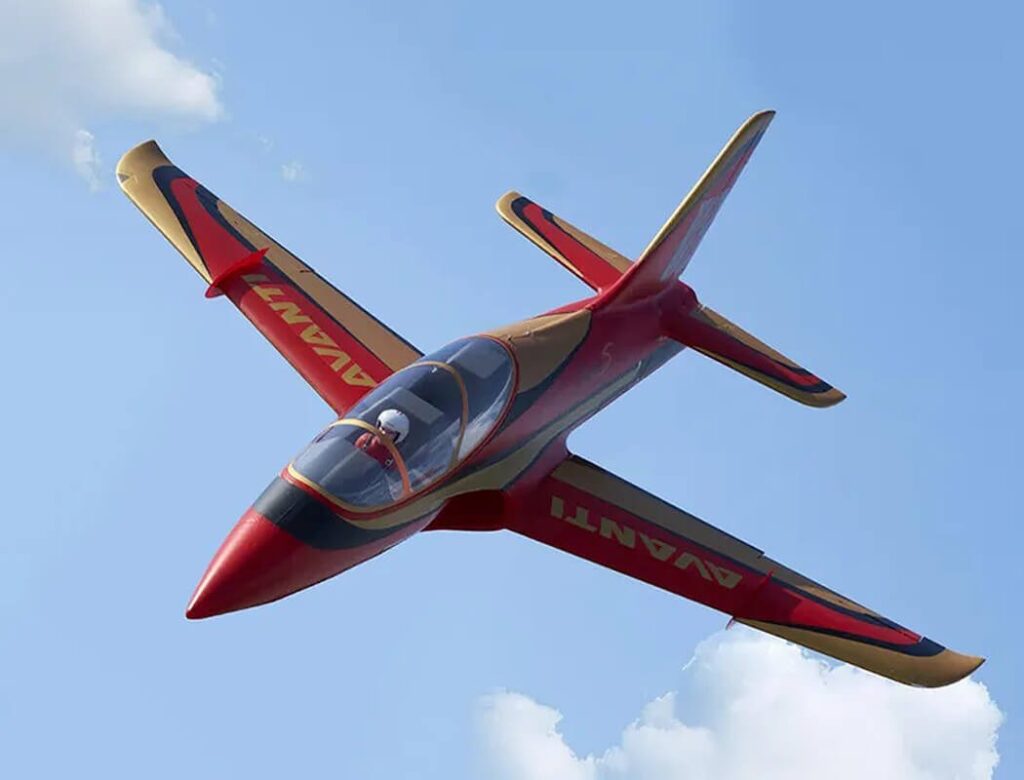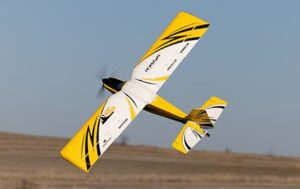How to Waterproof Your Drone With Conformal Coating
Your FPV drone is full of sensitive electronics and components. It’s important to ensure they do not get wet or exposed to moisture, to ensure reliability and peace of mind. Given the lightweight nature of drone frames, it’s easy to accidently get your FC exposed to a tiny drop of rain or some dew when landing. By coating the main components with a waterproofing component, you can even provide some protection against an awful crash landing in the water.

There are various ways to protect the electronics from getting exposed to water, but the best way is to use a brush on coating. This will allow you to still solder if you need to make changes, but provides an ingress protection against moisture. It won’t give you complete invincibility against moisture, rain or snow, but it may mean extra protection against any shorts or strange effects if a drop does find its way onto your flight controller.
Which Components to Waterproof
Flight Controllers, ESCs, and VTX are a no-brainer for conformal coating. Because there’s no moving parts, these parts can easily be coated without any worries. Because Silicone conformal coating is designed to work in high temperature environments, you don’t need to worry about heat generated by ESCs and VTX transistors.
Note: Take care not to cover the barometer in your flight controller if equipped!
Motors are naturally waterproofed because the wires are enameled to stop them shorting against eachother. Putting conformal coating in your motors will likely gum them up and may seize the bearings.
Applying Conformal Coating
You’ll need some very basic tools such as a clean paint brush, UV torch, and a coating such as the MG Chemicals 422B Conformal Coating. If you don’t have access to a torch with UV capabilities, you can use a blue LED torch, and even sunlight to make the coating more visible. It’s important to see the coating has covered the entire surface.
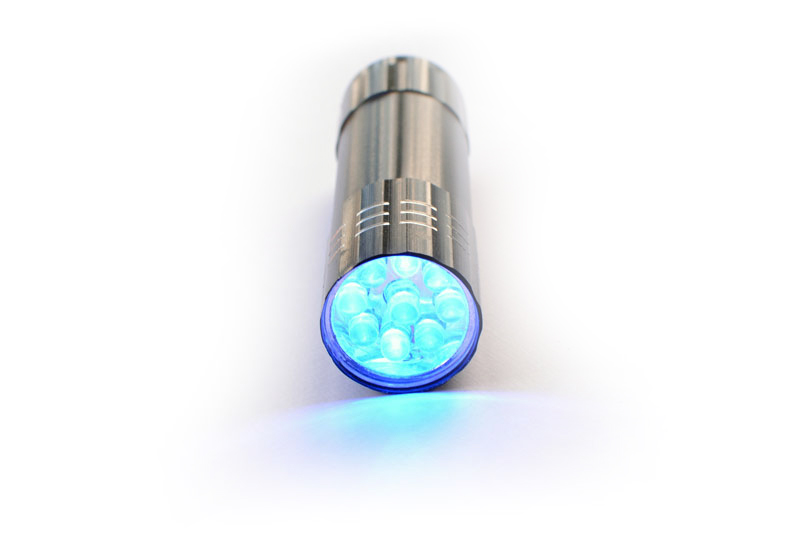
Before starting work, you’ll also want a clean, well ventilated environment. We highly recommend reading any safety datasheets before beginning! The coatings generally smell quite bad, and you don’t want to inhale any.
For working with drone electronics, you’ll only need a very small amount. A 55ml bottle will last you many, many quads. Perhaps even your entire FPV career.
The best time to coat your components is straight after building, once you’ve confirmed all your solder joints are correct and everything is working correctly. If your FC has been exposed to contaminants like grass and other dirt, you may want to give it a wipe down with isopropyl prior to coating.
To begin, dab your brush in the coating and begin applying a thin layer to the components on the board. To special care NOT to cover any buttons, switches, or sockets, as they may seize up or prevent plugs making contact.
Expect a 30-40 minute wait for the coating to dry.
Inspecting the Conformal Coating
Once you’ve finished coating your components, it’s time to check everything has been covered. A small gap in the coating may effectively deafeat the purpose of applying the coating in the first place. This is when the UV light will come in handy. Your conformal coating contains a UV tracer component that glows under UV light. Shine your torch onto the coated components to ensure complete coverage. If you notice any spots not covered, apply a small touchup to the area and retest once dry. Remember to ensure the buttons, switches, and sockets are not coated!
Reworking Solder Joints After Coating
After a conformal coating is applied, you can actually still rework any solder joint through the coating. The coating generally goes sort of gummy around the joint, and you will need to clean your soldering iron tip as you go. Otherwise, there is really no difference. Don’t forget to reapply your coating to the worked area once finished! As always with soldering, ensure you are well ventilated and do not breath the fumes.
Conclusion
Conformal coating is a fantastic and really easy way to waterproof your drone electronics and ensure you are protected against moisture from rain or snow. If you’re flying anywhere near water or at a snowy mountain, it’s a must have before flying! Happy Flying!

